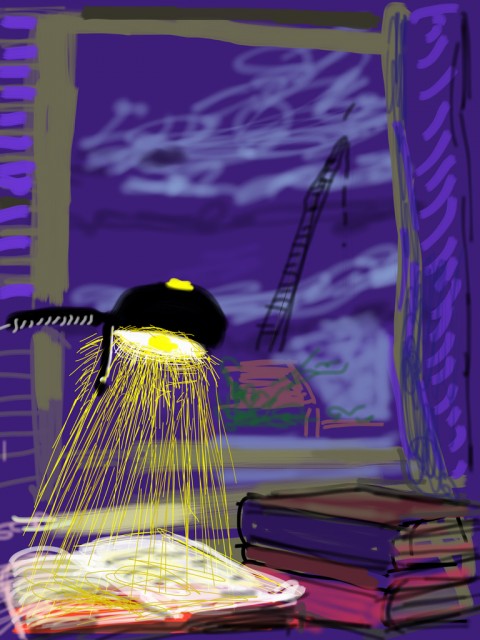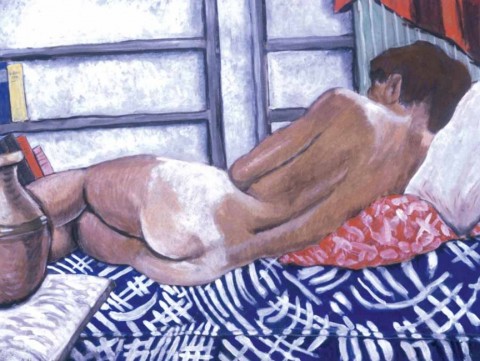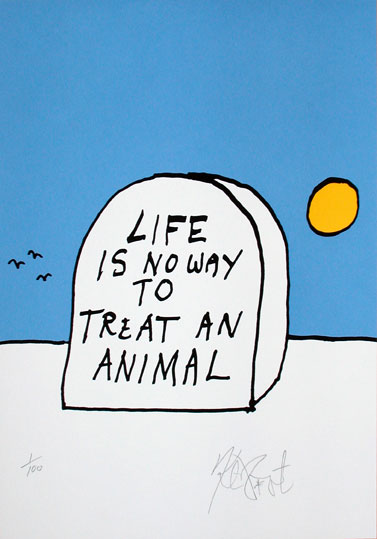On March 19, 1965, the Bill Evans Trio stopped by the BBC studios in London to play a pair of sets on Jazz 625, the now-legendary program hosted by the British trumpeter Humphrey Lyttelton. The combo–which featured Evans on piano, Chuck Israels on bass and Larry Bunker on drums–played two sets, including most of the songs from their just-completed album, Trio ’65. The two 35-minute programs (shown consecutively in the video above) take us back in time to see and hear one of the most brilliant and influential jazz pianists of all time, at work in a tightly integrated trio.
Set One:
- “Five,” by Bill Evans
- “Elsa,” by Earl Zindars
- “Summertime,” by George Gershwin
- “Come Rain or Come Shine,” by Harold Arlen
- “My Foolish Heart,” by Victor Young
- “Re: Person I Knew,” by Bill Evans
- “Israel,” by Johnny Carisi
- “Five,” by Bill Evans (reprise)
Set Two:
- “Five,” by Bill Evans
- “How My Heart Sings,” by Earl Zindars
- “Nardis,” by Miles Davis
- “Who Can I Turn To?” by Anthony Newley and Leslie Bricusse
- “Someday My Prince Will Come,” by Frank Churchill
- “How Deep is the Ocean?” by Bill Evans
- “Five,” by Bill Evans (reprise)
Related content:
The Universal Mind of Bill Evans: Advice on Learning to Play Jazz
Thelonious Monk, Bill Evans and More on the Classic Jazz 625 Show





